What's Actually New in Update 4.1 (And Why It Matters)
Okay, let's cut through the marketing fluff. Update 4.1 isn't just another patch—it's a complete arena overhaul that fundamentally changes how competitive PUBG Mobile works.
The numbers tell the story: 28% overall item spawn increase across Erangel, with assault rifles boosted 64% and sniper rifles up a whopping 177%. That's not just more loot—that's a complete shift in early-game dynamics. Enhanced loot distribution ensures teams achieve minimum viable loadouts (assault rifle, Level 2 armor, healing items) with 70% survival probability at prioritized arena locations.
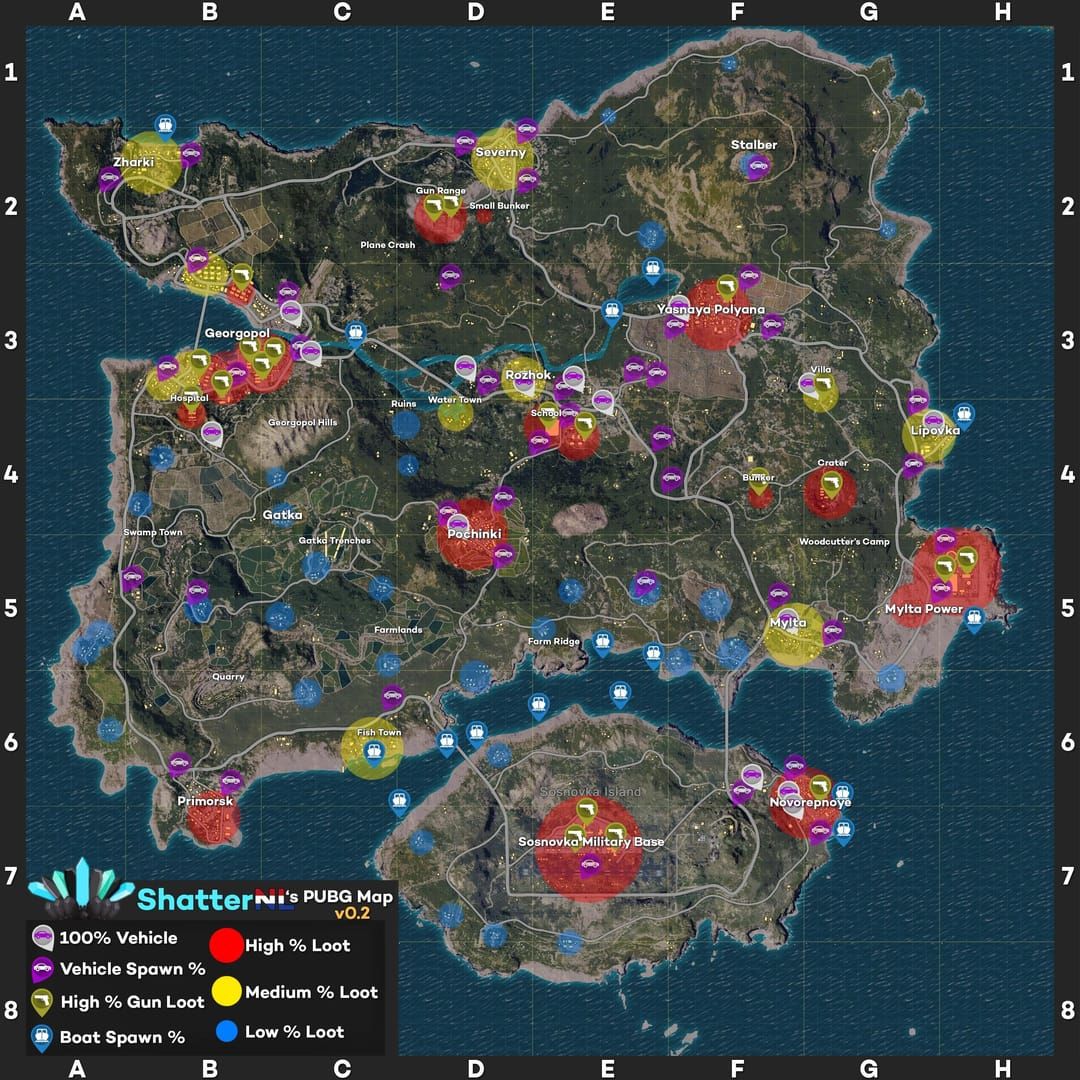
But here's what really matters for competitive play: these arena locations now feature specialized loot tables, enhanced cover options, and strategic positioning benefits that often determine match outcomes in high-stakes tournament scenarios. Think of them as the new meta focal points.
Quick editor note: if you're serious about tournament prep and need consistent access to premium features, discount UC for PUBG Mobile through BitTopup keeps you stocked without breaking the bank. Their instant delivery system is clutch when you're grinding ranked matches.
Erangel Arena Breakdown: Where Legends Are Made (Or Broken)
Pochinki Tournament Arena - The Meat Grinder
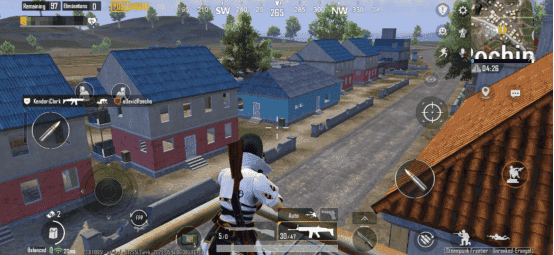
Let's be honest—Pochinki has always been chaos. Now? It's organized chaos with purpose.
This arena regularly hosts 3-5 squads in brutal multi-story vertical combat, but the enhanced AR and Level 2-3 gear spawns make it worth the risk. Your landing strategy matters here: jump at 750-800m, dive straight hitting 234 km/h for earliest building access. Miss this timing? You're fighting for scraps.
The church area provides those elevated sniping positions with 360-degree sightlines that pro teams love, while residential buildings offer multiple escape routes when things go sideways (and they will). Here's the kicker—teams should limit looting to 3-4 minutes maximum. Any longer and zone pressure becomes your biggest enemy.
School Esports Venue - High Risk, Higher Reward
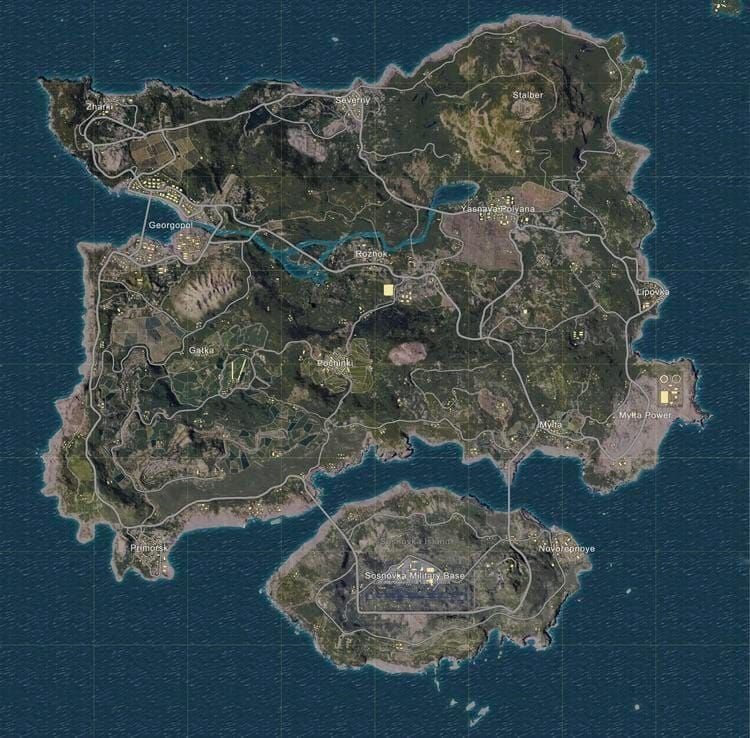
School Complex embodies the classic high-risk, high-reward philosophy, but with concentrated loot spawns that justify the danger. The catch? Limited escape routes mean one bad rotation and you're toast.
Pro tip from watching countless scrims: frag grenade lineups from main entrance stairs with 2-second cook times effectively clear second-floor classrooms. Professional teams utilize rooftop positions for overwatch during rotations, and the eastern stairwell provides the safest ascent route with multiple cover options.
Military Base Championship Zone - The Endgame Factory
Sosnovka Military Base features the highest tier loot concentration with Level 3 gear and sniper rifle spawns that can set you up for the entire match. The northeastern U-buildings provide optimal landing zones with reduced early-game conflict while maintaining premium equipment access.
But here's where strategy gets interesting: bridge control becomes critical for gatekeeping late rotators. Vehicle spawns near base facilitate quick rotations, helping you avoid those brutal bridge camping scenarios that end tournaments.
The positioning math is simple but crucial: Erangel arenas near Pochinki and School offer 60% zone probability compared to 30% for edge locations. Areas directly under plane route experience 30% higher player density, requiring adjusted drop strategies.
Livik Arena Mastery: Fast-Paced, High-Stakes Combat
Bjandi Esports Arena - The Central Hub
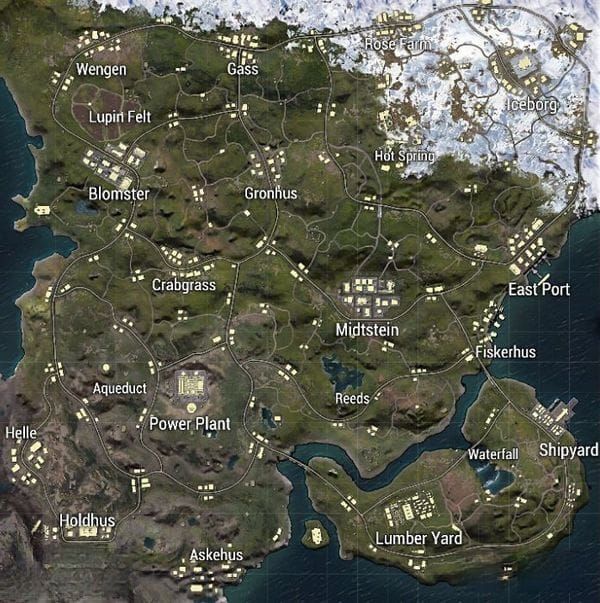
Livik's 2x2 km design with 52 players creates an intense 13 players per square kilometer density. That's cramped, even by battle royale standards.
Bjandi serves as the central hub with excellent rotation access, but here's where Livik gets tricky: accelerated blue zone timing starts at 2 minutes with 50% faster progression. This demands immediate strategic decisions—no time for indecision.
Northern rotation routes utilize mountain ridge cover, spanning 800 meters with 2-3 minute foot travel. Teams should initiate rotations between 2:00-2:30 to maintain positioning advantages. Miss this window? You're rotating under pressure.
Iceberg Tournament Venue - Elevation Advantage Central
Iceberg arena provides those crucial elevation advantages and serves as a waypoint for northern teams. The church structure offers excellent third-party opportunities and zone reading positions.
Here's something most players miss: hidden cave systems behind the central waterfall contain Super Crates with 60-70% Level 3 helmet spawn rates and Mk12 DMR availability. Waterfall area rotations require precise timing between 2:45-3:15 to maximize upgrade opportunities while maintaining safe zone positioning.
Livik's vehicle meta centers around Monster Trucks for northern terrain navigation. They offer high protection and speed but require strategic abandonment 200-300m before final positioning due to noise signatures. East Port provides boat access for southern rotations, while jet-skis enable rapid waterfall-to-Wengen transitions.
For players who need immediate access to game resources without delays, PUBG Mobile UC fast delivery through BitTopup ensures uninterrupted tournament preparation. Their reliable service supports serious competitors who can't afford payment delays or security concerns.
Arena Loot Meta: What Actually Matters
High-Tier Weapon Priorities
Erangel features the balanced MK20 assault rifle, Spectre SMG for close-quarters combat, and the devastating DBS shotgun. Traditional options like M416 and UMP remain viable with improved spawn rates.
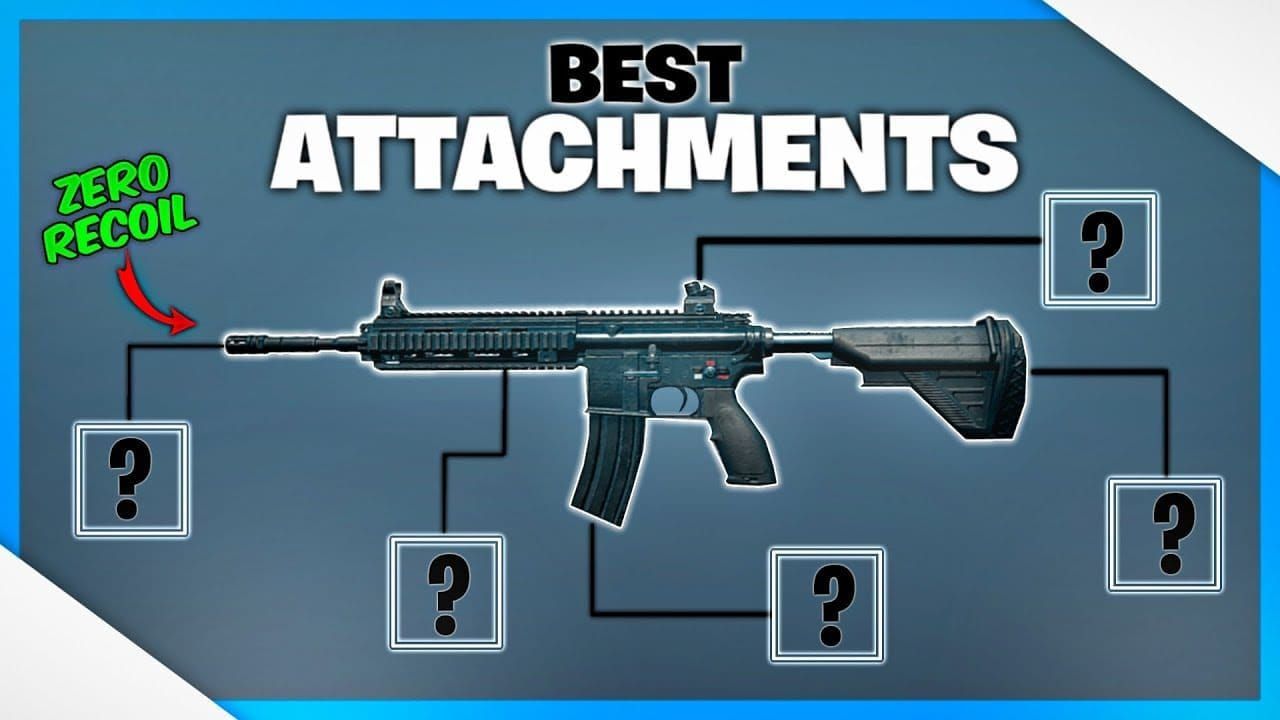
Livik exclusives include the Mk12 DMR with 48 base damage and 0.13-second fire rate, plus P90 SMG for rapid-fire scenarios. These aren't just different weapons—they're game-changers in the right hands.
The 90-Second Rule
Professional teams target minimum loadouts within 90 seconds: assault rifle with 200 rounds, secondary SMG with 150 rounds, Level 2+ armor and helmet, 10 bandages, 5 first aid kits, 5 smoke grenades, and 3 frag grenades.
Dynamic weather conditions affect weapon effectiveness—fog scenarios favor close-quarters weapons at School, while clear conditions benefit long-range setups at elevated positions. Adapt or die.
Strategic Positioning: The Science Behind Arena Dominance
Reading the Map Like a Pro
Erangel's Mylta Power offers Level 2-3 gear spawns with excellent central rotation options, while Stalber provides northeastern mountain positions with natural cover and early vehicle access.
Third-party exploitation requires precise timing—engage weakened teams 100-150m away after 60+ second firefights, using kill feed notifications as engagement windows. Too early and you're fighting fresh squads. Too late and someone else gets the cleanup.
Airdrop locations often indicate future zone positioning, particularly near high-traffic areas like Pochinki, School, and Military Base. Central landmass positions offer 60% zone probability compared to 30% for water/edge locations.
Pro Team Tactics: What Separates Champions from Wannabes
Utility Distribution That Actually Works
Professional teams allocate utility resources with mathematical precision: 40% smoke grenades, 30% frag grenades, 20% healing items, 10% specialized equipment. Support players carry majority of smoke grenades, while entry fraggers prioritize offensive utilities.
Successful frag grenade usage requires 2-3 second cooking for airburst effects. DOK team achieved 31 eliminations using precise airburst techniques in multi-story buildings during PMWC 2025—that's not luck, that's technique.
Advanced Utility Mastery
Molotov cocktails create 5-second burn zones over 3-4 meter areas, forcing positional changes and area denial. Stun grenades provide 6-second blind/deaf effects ideal for coordinated rushes.
Smoke grenades reach peak opacity within 10-15 seconds, lasting 20-30 seconds with 8-10 meter diameter coverage. Professional teams average 8.4 smoke grenades per match, representing 40% of total utility usage. That's intentional resource allocation.
Arena Survival: Practical Tips That Actually Work
Landing Optimization
Successful arena drops require pre-marking target buildings and monitoring plane passenger counts. Audio cues indicate engagement levels—multiple parachute sounds signal immediate conflicts, while distant gunfire allows safer looting windows.
Teams should establish clear role assignments: aggressive players prioritize weapons, support players focus on utility and healing items. Simple, but effective.
Mid-Game Transitions
Arena-to-arena rotations demand precise timing every 2-3 minutes to avoid 50% mid-game death rates. Smoke wall deployment using overlapping 20-30 meter patterns provides safe passage across open terrain.
Bridge crossings require comprehensive smoke coverage with coordinated rushes and compass-based callouts. Teams should maintain 15-20 meter spacing to prevent area-of-effect elimination scenarios.
Avoiding the Mistakes That Kill Tournaments
The Over-Looting Trap
Exceeding 3-4 minute looting windows exposes teams to zone pressure and gatekeeping scenarios. Teams must establish minimum viable loadouts and enforce strict time limits.
Ignoring the 750-800 meter jump rule results in delayed landings and reduced building access. Practice sessions should focus on achieving consistent 234 km/h dive speeds for optimal positioning.
Rotation Failures
Late rotations expose teams to established gatekeeping positions, particularly at bridge chokepoints and zone edges. Direct route planning without terrain analysis increases vulnerability to ambush scenarios.
Premature third-party engagements create multi-team conflicts with unpredictable outcomes. Teams should wait for 60+ second firefights before positioning 100-150 meters away for cleanup opportunities.
PMGC 2025: The Tournament That Changes Everything
PMGC 2025 championship features 40 elite teams competing across four stages from November 24 to December 14, 2025, in Bangkok, Thailand. Tournament structure includes Gauntlet Stage (November 24-26), Group Stage (November 28-December 4), Last Chance (December 6-7), and Grand Finals (December 12-14).
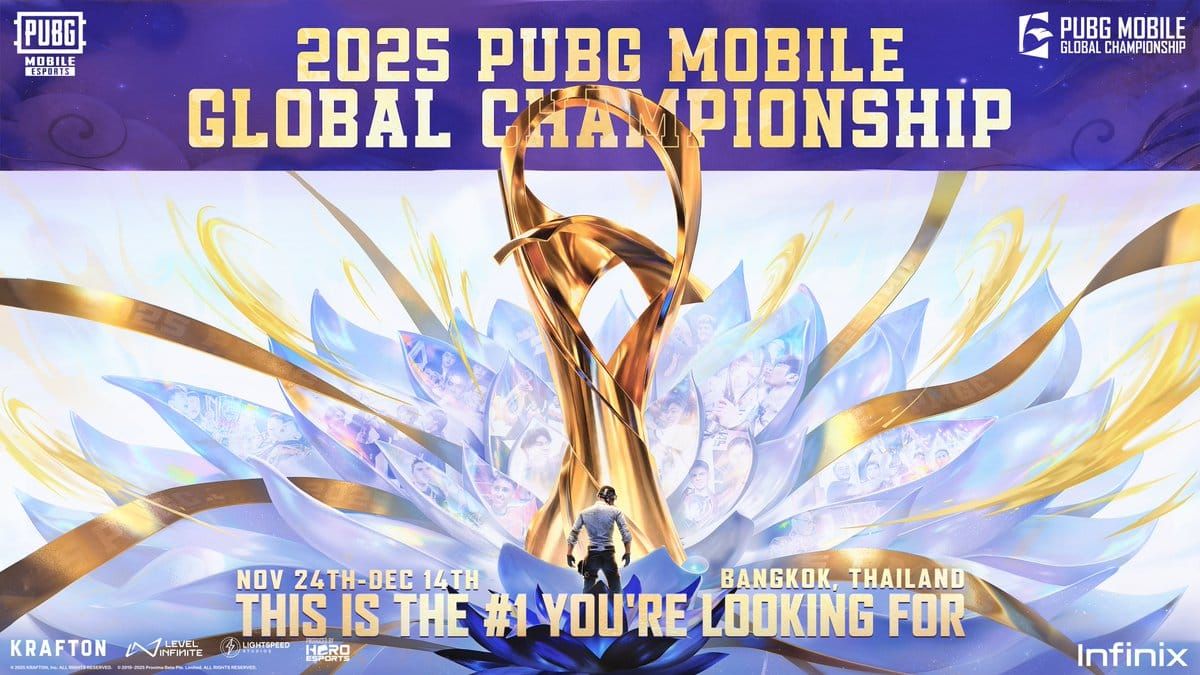
Regional qualification paths include PMSL SEA Fall (September 10-28, 2025), PMSL CSA Fall (September 18-28), and PMSL Europe Fall (October 13-26). Teams compete for a projected prize pool exceeding $4 million—the largest PUBG Mobile tournament to date.
Your Questions, Answered
Q: Where are the main PMGC 2025 arena locations in Erangel?
Primary arenas include Pochinki (central multi-story combat), School Complex (high-risk vertical battles), Military Base (premium loot concentration), and Mylta Power (balanced gear with rotation access).
Q: How do Livik arena rotations differ from Erangel?
Livik's 2x2 km size with 52 players creates 13 players/km² density. Blue zone starts at 2 minutes (50% faster), requiring rotations by 2:00-2:30. Key routes: Northern via Bjandi-Iceborg (800m), Eastern through Blomster (600-900m), Southern via Waterfall (700-1200m).
Q: What are the optimal weapon loadouts for arena combat?
Minimum viable: AR with 200 rounds, SMG with 150 rounds, Level 2+ armor/helmet, 10 bandages, 5 first aid, 5 smokes, 3 frags within 90 seconds. Meta weapons include MK20 AR, Spectre SMG, DBS shotgun for Erangel; Mk12 DMR, P90 SMG for Livik.
Q: How do professional teams coordinate utility usage in arenas?
Pro allocation: 40% smokes, 30% frags, 20% healing, 10% specialized. Support players carry majority of smokes, fraggers prioritize offensive utilities. Average 8.4 smokes per match, frag grenades cooked 2-3 seconds for airburst effectiveness.
Q: What are the most common arena mistakes to avoid?
Over-looting beyond 3-4 minutes, ignoring 750-800m jump rule, late rotations exposing to gatekeeping, premature third-party engagements creating multi-fights, poor utility coordination, and inadequate team spacing (maintain 15-20m).
Q: When does PMGC 2025 take place and how can I watch?
November 24 - December 14, 2025 in Bangkok. Gauntlet (Nov 24-26), Group Stage (Nov 28-Dec 4), Last Chance (Dec 6-7), Grand Finals (Dec 12-14). Stream on YouTube Gaming, Facebook Gaming, TikTok Live with multiple language options starting 12:00 UTC daily.


















